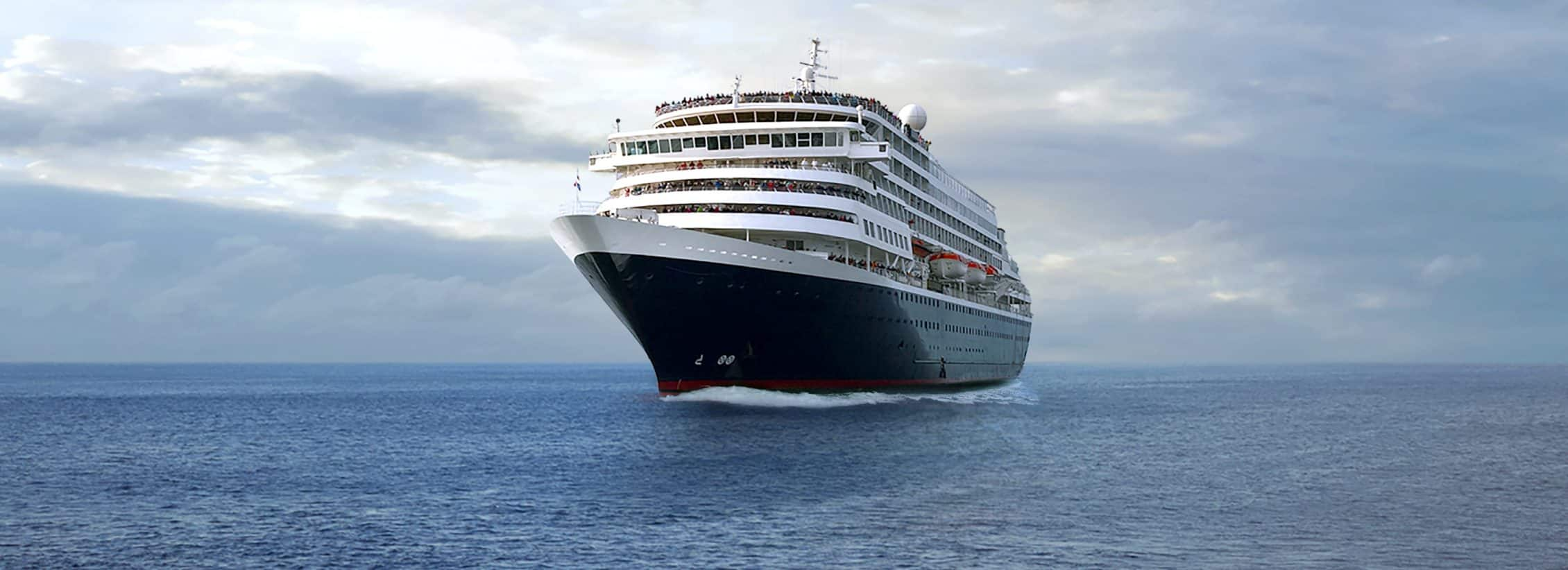Built on the fruits of a coffee empire and best known around the world as having the professional pitch where Pelé debuted his world-renowned soccer skills, the port of Santos dates back to 1546 and stands as a gorgeous colonial gateway to the gargantuan city of São Paulo, whose immense sprawl sits 80 kilometers (50 miles) or so to the northwest. Founded by Jesuits in 1554, São Paulo, or Sampa as it's affectionately called by locals, first thrived on sugar (and later caffeine!) but it was the establishment of Brazil's first College of Law in 1827 that set the city on its cultural and intellectual path—along with various waves of European and Asian immigration (the city is home to the largest Japanese and Italian diasporas in the world, and also has the largest Arab population outside an Arab country).
Today, there's no sugarcoating it: South America's biggest city can be an intimidating beast. But beneath the urban grit and debilitating traffic is a vibrant metropolis that stands as the continent's capital of gastronomy and culture, a Brazilian boomtown that feeds on working hard and playing harder, leaving visitors who venture into its depths punch-drunk on bright lights and superlatives.




